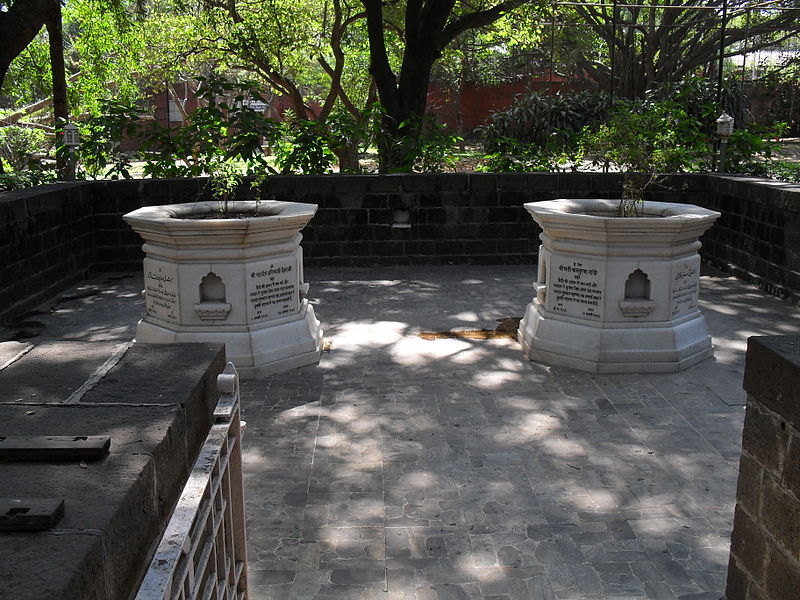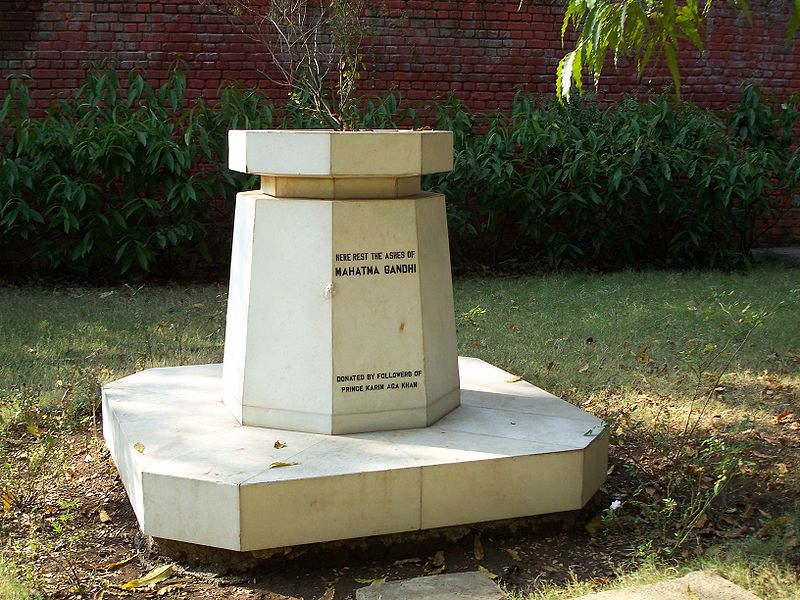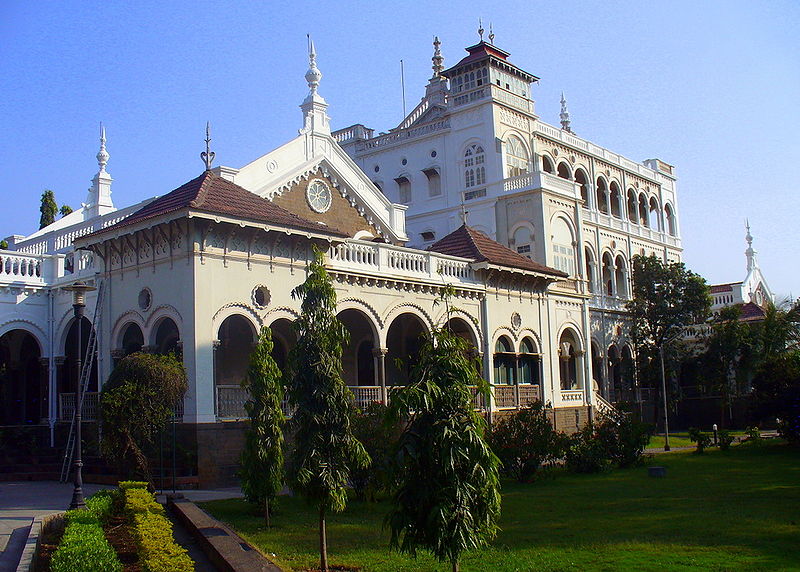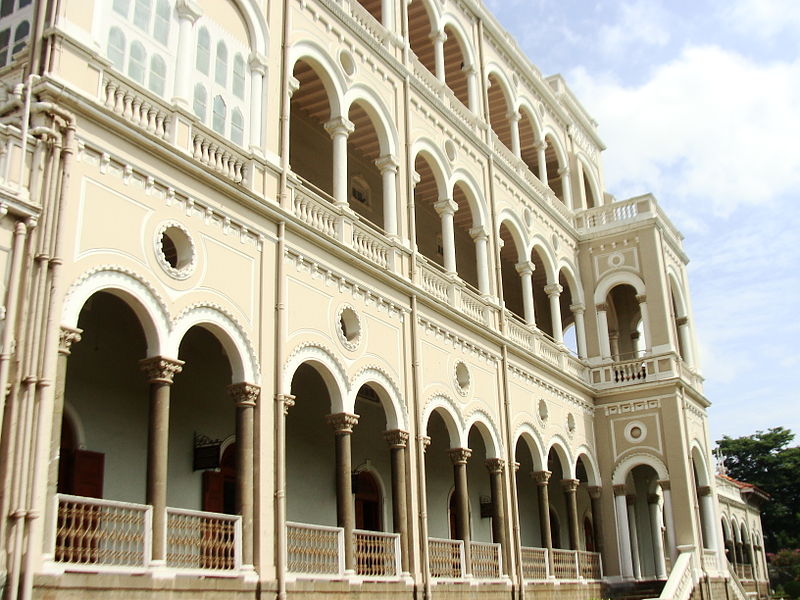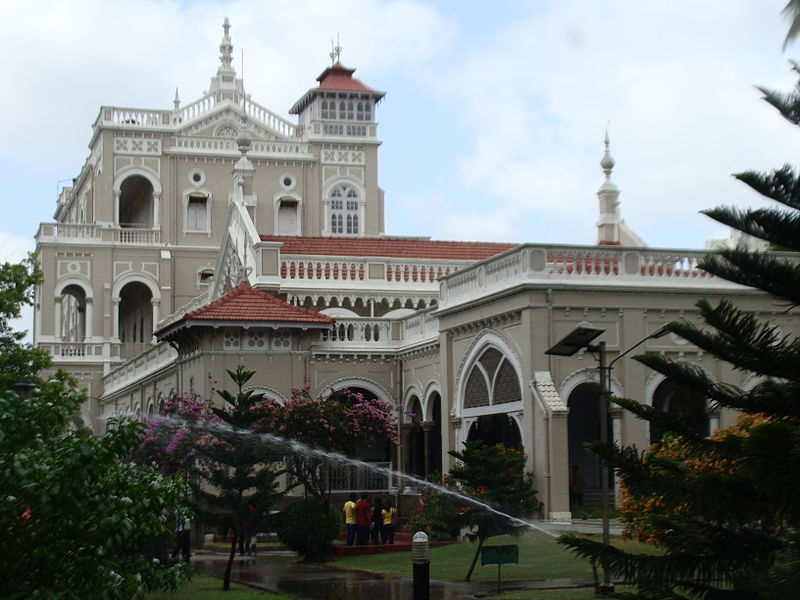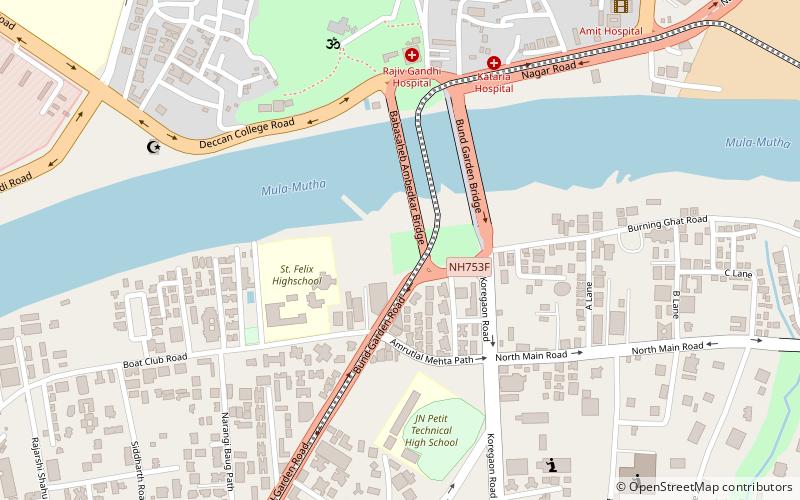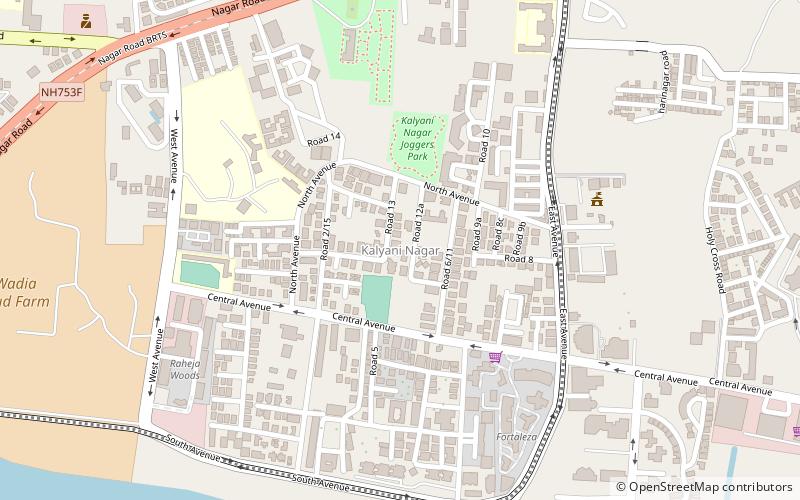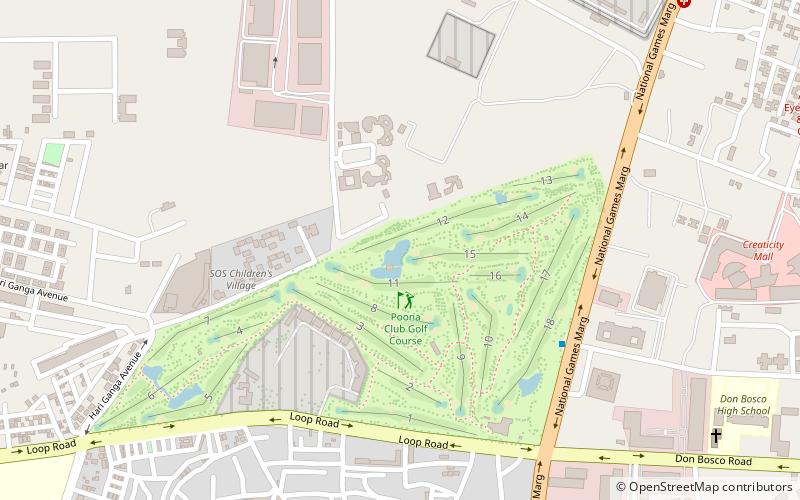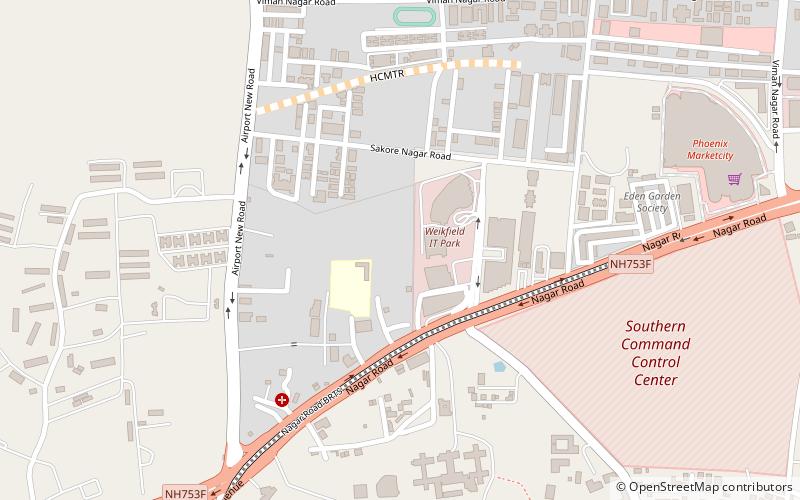Aga Khan Palace, Pune
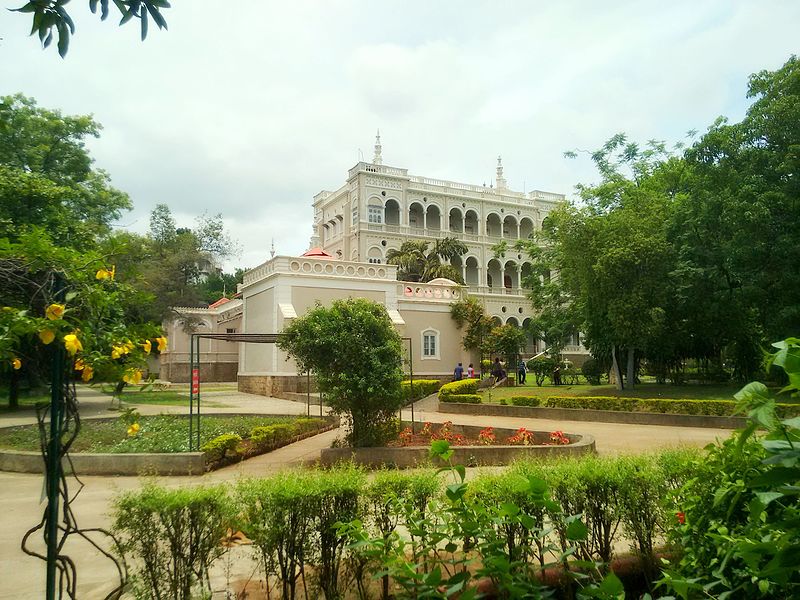
Facts and practical information
Aga Khan Palace: A Monument of National Significance in Pune, India
Nestled in the bustling city of Pune, Aga Khan Palace stands as a monument of immense historical and national significance. Built in 1892 by Sultan Muhammed Shah Aga Khan III, this grand palace is not just an architectural marvel but also a memorial that pays homage to the Indian freedom struggle.
The palace is an embodiment of elegance, with its Italian arches, sprawling lawns, and spacious corridors. The building, originally intended to provide employment for famine-stricken villagers in the surrounding area, became a pivotal site in India's fight for independence.
It was here, during the Quit India Movement of 1942, that Mahatma Gandhi, his wife Kasturba Gandhi, and his secretary Mahadev Desai were imprisoned by the British. The palace's significance is further magnified as it served as the site where Kasturba Gandhi and Mahadev Desai took their last breaths. In their memory, the palace houses their samadhis (memorials), making it a place of pilgrimage for many Indians.
The Aga Khan Palace is also home to a museum that showcases a rich collection of photographs and personal items belonging to Mahatma Gandhi, including his writing desk, his bed, and his spinning wheel, the latter being a powerful symbol of the Swadeshi movement that advocated for self-sufficiency.
This serene palace is not just a testament to the luxurious lifestyles of the royals but also a beacon of India's struggle and sacrifice for freedom. The Indian government has recognized its importance by declaring it a monument of national importance.
Aga Khan Palace – popular in the area (distance from the attraction)
Nearby attractions include: Bund Garden, Fitzgerald Bridge, Kalyani Nagar, Yerawada.


